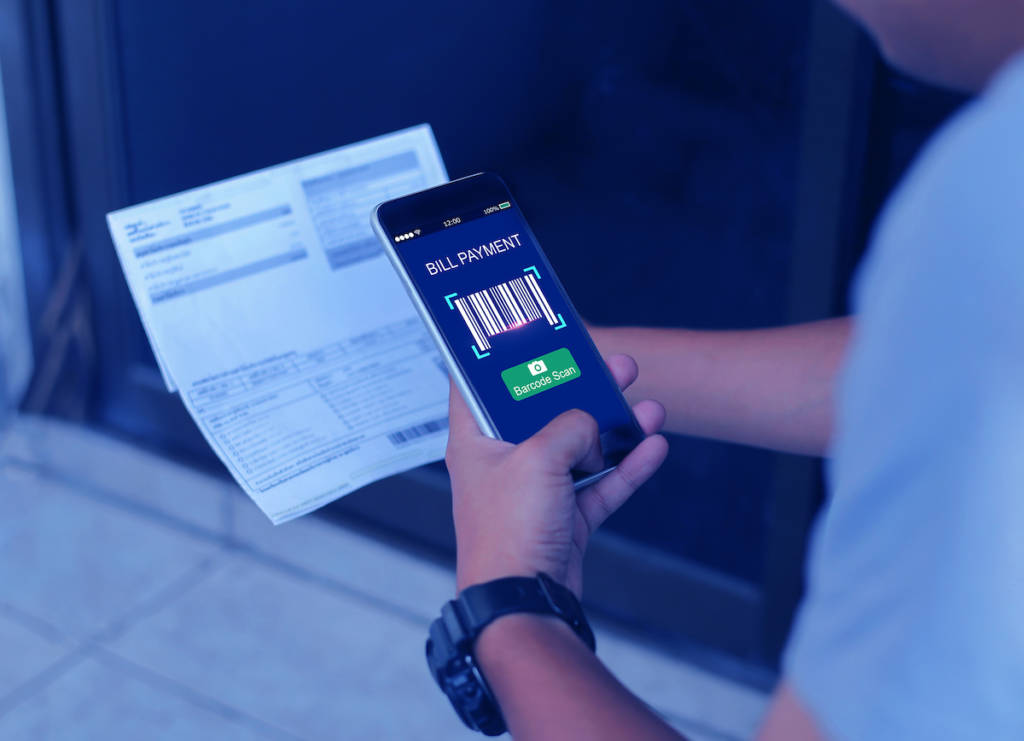First up, NYC, one of my favorite cities during the holidays or any day for that matter. Among the many destinations where I paid included a pizza shop, a cheese shop, a holiday market (actually, multiple independent kiosks within said market), an opera performance within a subway station, a piano performance within a park, and a Popeyes where I finally tried a spicy fried chicken sandwich, which definitely lived up to the hype.
Next up, the Gold Coast of sunny FLA, a lovely place to visit in the winter. Again, I hit many destinations, including among others a local dive bar (multiple times) where I think many of its patrons prefer the anonymity of cash to card, a small independent coffeehouse (the size of my office), a fish market and a hot dog stand (with very limited hours). Oh, and there might’ve been another Popeyes stop (it’s so good!).
What these transactions had in common, in addition to causing me rapid weight gain, was that they were all cashless (paid via card or mobile, including the subway and park performances). And you know what; being cash-free made these experiences much more enjoyable. I didn’t have to fumble with wallets or bills or calculate tip percentages, and the hot dogs, as seen in the pic, were extraordinary (if you like hot dogs topped with peanut butter, chili and spicy mustard).
Upon returning home from my travels, I had achieved/accomplished/fulfilled my cashless resolution/goal during the holidays…or so I thought.
On New Year’s Day, en route to a brunch, I picked up a dozen bagels at a local shop that accepted cards. After providing my card, I expected to add a tip to the receipt, but no dice, as it wasn’t offered. And as this was a very small place with a growing line of customers, I couldn’t (or wouldn’t) ask them to cancel the transaction so that I could conduct a new one with a little extra added. They would’ve looked at me like I was insane enough to eat 2 hot dogs topped with peanut butter, chili and spicy mustard…and four or so spicy chicken sandwiches. I had no cash on me, so I ran to the car and searched until I found a few random bills in the glove compartment (secret stash!), ran back inside and dropped the cash into the tip jar.
Technically, I still achieved/accomplished/fulfilled, as it was now the new year, right? It’s not easy (or possible) for everyone to go completely cashless. But many of us have essentially become cash-free, which opens up the next frontier of opportunity and improves the buying (and eating) experience. Now I just need to shed some pounds.
Find out more about how ACI supports merchants with a range of cashless electronic payment options and secure payment processing capabilities with ACI Omni-Commerce.



